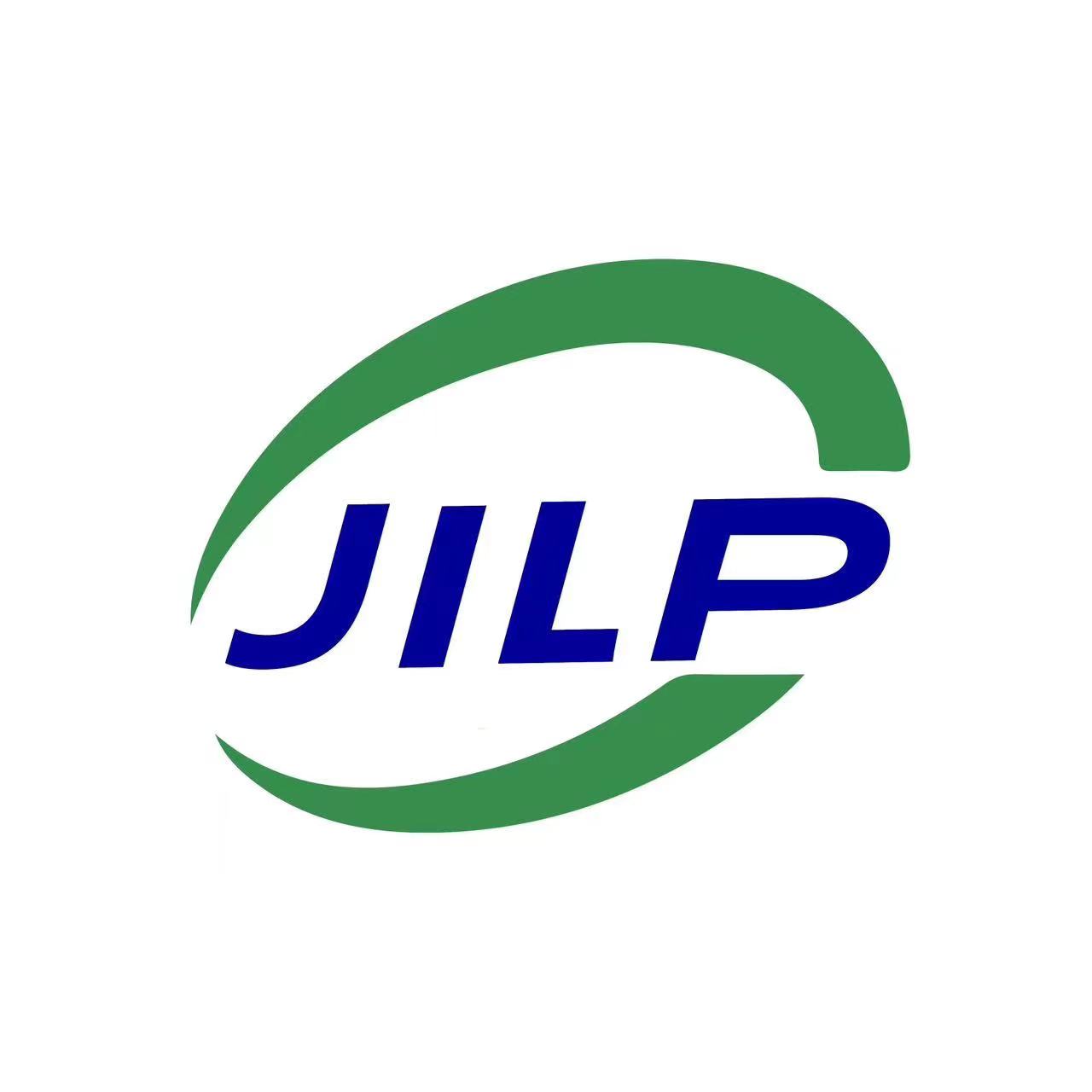Cartridge Type Mechanical Seals: Optimizing Seal Face Geometry for Enhanced Performance
Cartridge Type Mechanical Seals: Optimizing Seal Face Geometry for Enhanced Performance
Introduction:
Mechanical seals play a crucial role in ensuring the reliability and efficiency of various industrial applications. Among the different types available, cartridge type mechanical seals have gained widespread popularity due to their ease of installation and maintenance. In this article, we will explore the significance of optimizing seal face geometry in cartridge type mechanical seals and how it contributes to enhanced performance. We will discuss the key considerations and design principles involved in achieving an efficient seal face geometry. Additionally, we will highlight the benefits of optimizing seal face geometry and its impact on the overall performance of mechanical seals.
1. Understanding Cartridge Type Mechanical Seals
2. The Significance of Seal Face Geometry
3. Key Considerations in Optimizing Seal Face Geometry
4. Design Principles for Enhanced Performance
5. Benefits of Optimized Seal Face Geometry
Understanding Cartridge Type Mechanical Seals:
Cartridge type mechanical seals are self-contained units that include all the necessary components for sealing applications. They are pre-assembled, making them easy to install without the need for extensive adjustments. These seals consist of two primary faces – the stationary face and the rotating face – which create a seal interface to prevent leakage. The geometry and surface characteristics of these faces play a vital role in determining the performance and durability of the seal.
The Significance of Seal Face Geometry:
The geometry of the seal faces directly affects their contact pattern, load distribution, and heat dissipation capabilities. Optimizing the seal face geometry is essential to achieve uniform contact pressure, reduced friction, and increased resistance to wear. Additionally, an optimized seal face geometry minimizes leakage, extends the seal's life, and improves overall system performance.
Key Considerations in Optimizing Seal Face Geometry:
1. Surface Finish: The seal faces should have an appropriate surface finish to ensure proper lubrication and minimize friction. A smooth surface finish reduces the risk of face damage, enables efficient heat dissipation, and prevents the accumulation of debris.
2. Contact Pattern: Achieving an ideal contact pattern between the seal faces is crucial for effective sealing. The contact pattern should be uniform, ensuring equal load distribution across the entire face. This minimizes localized wear and maximizes the seal's life.
3. Face Flatness: Maintaining the flatness of the seal faces is essential to prevent leakage and achieve proper sealing. Even a slight deviation from flatness can result in gaps, leading to leakage and reduced performance. Hence, it is vital to control face flatness during the manufacturing process.
4. Balance Between Rigidity and Flexibility: Optimizing seal face geometry involves finding the right balance between rigidity and flexibility. The face should be rigid enough to maintain stability and prevent distortions, but it should also have sufficient flexibility to adapt to minor misalignments and deflections.
5. Material Selection: Choosing the appropriate materials for the seal faces is crucial. They should have excellent wear resistance, durability, and corrosion resistance to ensure long-term performance. The compatibility between the seal face materials and the fluid being sealed is also an important consideration.
Design Principles for Enhanced Performance:
1. Symmetry: Designing seal faces with symmetrical geometry helps achieve a more balanced load distribution. This symmetry minimizes face distortion, reduces the risk of leakage, and enhances overall performance.
2. Optimal Loading: Proper application of the loading force on the seal faces is critical for effective sealing. The loading mechanism should be designed to ensure uniform pressure distribution across the entire face, preventing excessive stress concentration.
3. Heat Dissipation: Effective heat dissipation is essential to prevent face damage and ensure the seal's longevity. Designing the seal faces with features that aid in heat transfer, such as grooves or channels, can significantly improve heat dissipation capabilities.
4. Minimizing Friction: Optimizing seal face geometry helps minimize friction, reducing energy consumption and wear. By reducing friction, the mechanical seal operates more efficiently, resulting in improved performance and extended lifespan.
5. Robust Seal Design: The optimization of seal face geometry should be complemented with a robust overall seal design. Factors such as effective sealing lip design, additional gasketing elements, and proper installation techniques play a key role in maximizing the performance and reliability of cartridge type mechanical seals.
Benefits of Optimized Seal Face Geometry:
1. Increased Efficiency: An optimized seal face geometry reduces friction and leakage, resulting in increased efficiency of the sealing system. This leads to energy savings and improved operational performance.
2. Extended Seal Life: By achieving uniform contact pressure and minimizing wear, optimized seal face geometry significantly extends the lifespan of mechanical seals. This reduces the need for frequent replacements, resulting in cost savings and reduced downtime.
3. Enhanced Reliability: The optimized seal face geometry improves the reliability of the mechanical seal by minimizing the risk of leakage or premature failure. This, in turn, ensures uninterrupted operation and prevents potential damage to equipment or processes.
4. Reduced Maintenance: Cartridge type mechanical seals with optimized face geometry require less maintenance, as they are designed to operate at peak efficiency for extended periods. This translates to lower maintenance costs and increased productivity.
5. Improved Safety: By preventing leaks and reducing the chances of seal failure, optimized seal face geometry contributes to a safer work environment. It minimizes the risks associated with process leaks, such as accidents, environmental hazards, and product contamination.
Conclusion:
Optimizing seal face geometry in cartridge type mechanical seals is a crucial aspect of achieving enhanced performance and reliability. By considering key factors such as surface finish, contact pattern, face flatness, and material selection, engineers and designers can develop seals that provide efficient sealing and extended lifespan. The benefits of optimized seal face geometry include increased efficiency, extended seal life, enhanced reliability, reduced maintenance, and improved safety. By prioritizing the optimization of seal face geometry, industries can maximize the performance of their mechanical seals, resulting in improved productivity and cost savings.







